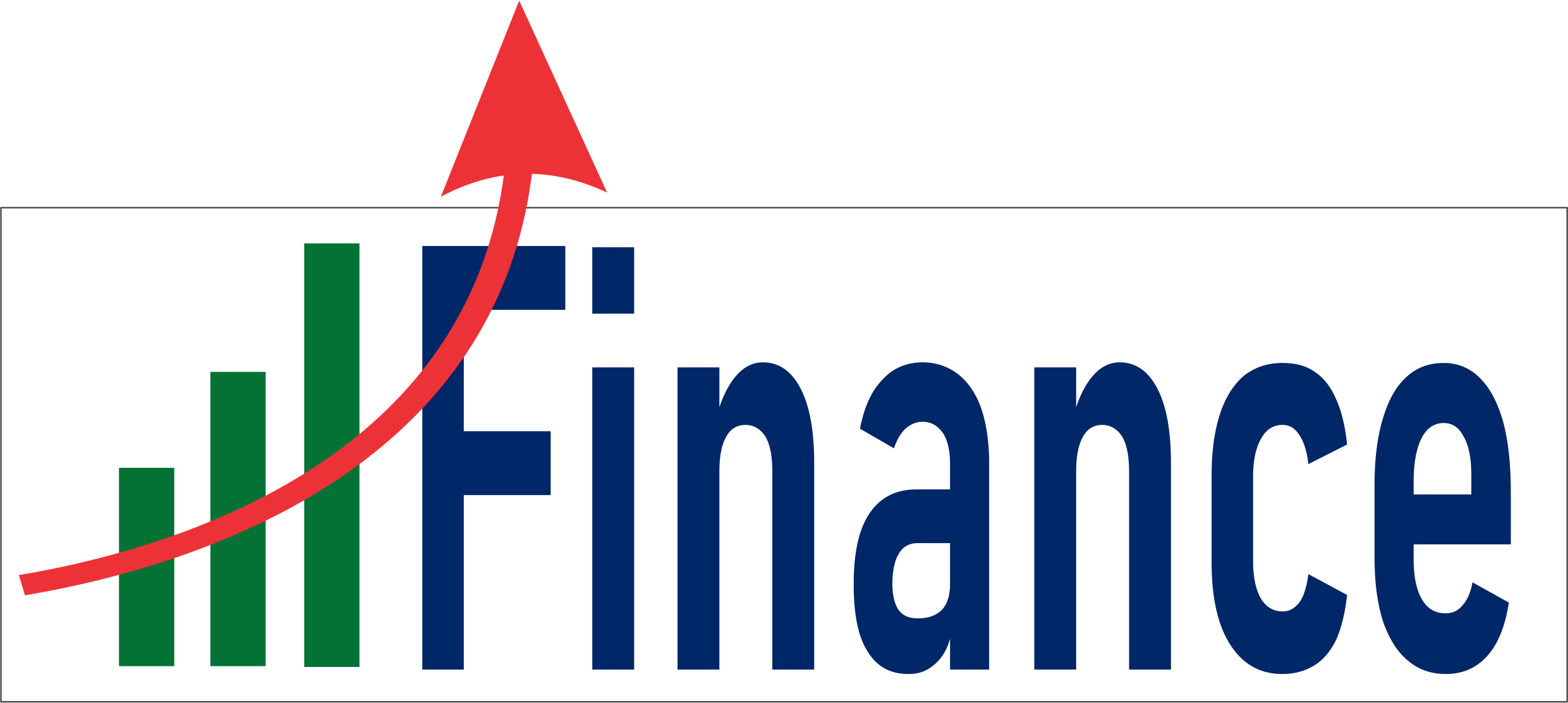Balance Transfer vs Personal Loan vs HELOC: Which Works Best for Credit Card Debt in the USA?
Credit card debt is hitting U.S. households harder than ever. With interest rates averaging nearly 22% and balances topping $8,000 per cardholder, Americans are looking for real solutions to get out of debt faster. The good news is that three of the most popular options—balance transfer vs personal loan vs HELOC—can help you consolidate debt, lower interest charges, and set up a clear repayment path. But choosing the right one can make the difference between saving thousands of dollars or ending up in deeper financial trouble.
Across the USA, banks, credit unions, and online lenders are pushing offers for balance transfers, personal loans, and HELOCs. On the surface, they all sound alike since each tool allows you to combine your debt into one payment. But when you dive deeper, the differences in interest rates, fees, risks, and approval requirements become clear. That’s why understanding balance transfer vs personal loan vs HELOC is essential if you want to pick the right debt relief strategy.
Balance Transfers: A Short-Term Play for Fast Repayment
In the balance transfer vs personal loan vs HELOC debate, balance transfer credit cards often stand out for one reason: the 0% intro APR. Most balance transfer cards in the U.S. offer a promotional period between 12 and 21 months with no interest, which means every dollar you pay goes straight toward your principal. This can save thousands in interest if you’re disciplined.
But the catch is big. You’ll usually pay a transfer fee between 3% and 5% of the amount moved, and once that 0% period ends, your interest rate jumps back to 20% or higher. Plus, you’ll need strong credit to qualify, and your new card’s credit limit might not cover your full debt. That makes balance transfers best for smaller balances you can clear quickly—otherwise, the savings may vanish.
Personal Loans: Structured and Predictable
When comparing balance transfer vs personal loan vs HELOC, personal loans are a middle-ground option. Instead of shifting debt to another credit card, you take out a fixed-rate installment loan, usually for two to seven years. This gives you a clear payoff date and stable monthly payments, which is a huge plus if you want predictability.
Rates on personal loans are averaging about 12.5% nationwide, though borrowers with weaker credit can see rates double or even triple that. The upside is that personal loans don’t require collateral, so you won’t risk losing your home. But unlike a balance transfer, you’ll pay interest from day one, and approval depends heavily on your credit score and income.
HELOCs: Lower Rates but Higher Risk
The final player in the balance transfer vs personal loan vs HELOC debate is the home equity line of credit. HELOCs let you borrow against your home’s equity at lower interest rates than most personal loans or credit cards. This makes them attractive for borrowers with large balances who want lower monthly payments and flexibility.
The downside? Risk. Since your home secures the debt, missing payments could lead to foreclosure. Plus, most HELOCs have variable rates, meaning your payment can rise if interest rates go up. The application process can also feel like getting a second mortgage, with appraisals, closing costs, and lots of documentation required. Still, for homeowners with significant equity, HELOCs are often the cheapest way to consolidate high-interest credit card debt.
Balance Transfer vs Personal Loan vs HELOC: Quick Comparison
| Feature | Balance Transfer Credit Card | Personal Loan | HELOC |
|---|---|---|---|
| Best For | Small balances you can pay off in 12–21 months | Medium to large balances needing structured payoff | Large balances with homeowners who want low rates |
| Interest Rates | 0% intro APR for 12–21 months, then 20%+ | Avg. 12.5%, higher with bad credit | Lowest of all three, but variable |
| Fees | 3%–5% transfer fee | Origination fees possible | Closing costs, annual fees possible |
| Approval | Excellent credit required | Depends on credit + income | Requires home equity, credit, income |
| Risk | None (unsecured) | None (unsecured) | High—your home is collateral |
| Flexibility | Limited by credit limit | Fixed payments, fixed term | Flexible draw + repayment, large limits |
How to Choose Between Balance Transfer vs Personal Loan vs HELOC
The right choice depends on your U.S. financial profile. If you have excellent credit and a manageable balance, a balance transfer can save you the most if you pay it off before the intro period ends. If you want stability and a guaranteed payoff timeline, a personal loan may be better. And if you own a home and have significant equity, a HELOC could be the lowest-cost way to tackle big credit card balances—but it comes with the risk of putting your house on the line.
Also Read: Who Qualifies for Credit Card Debt Forgiveness in September 2025?
Credit score, debt size, and income stability should guide your decision. For example, a $5,000 balance may be perfect for a balance transfer, but a $30,000 debt consolidation might require a personal loan or HELOC. Always run the numbers, compare total borrowing costs (including fees), and think about how soon you can realistically pay off the debt.
Bottom Line: Balance Transfer vs Personal Loan vs HELOC in the USA
When it comes to paying off high-interest credit cards, there’s no one-size-fits-all solution. The balance transfer vs personal loan vs HELOC debate really comes down to your credit score, debt amount, and risk tolerance. Each option can save you money, but each comes with trade-offs. The key is using the tool strategically—and making sure you don’t rack up new credit card debt along the way. By carefully weighing balance transfer vs personal loan vs HELOC, you can create a debt repayment plan that actually works and move closer to becoming debt-free.
Also Read: Green Card for Family Preference Immigrants in the USA







